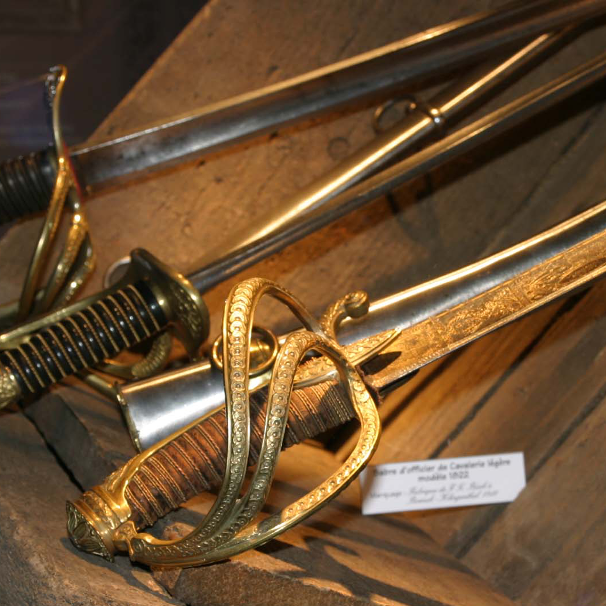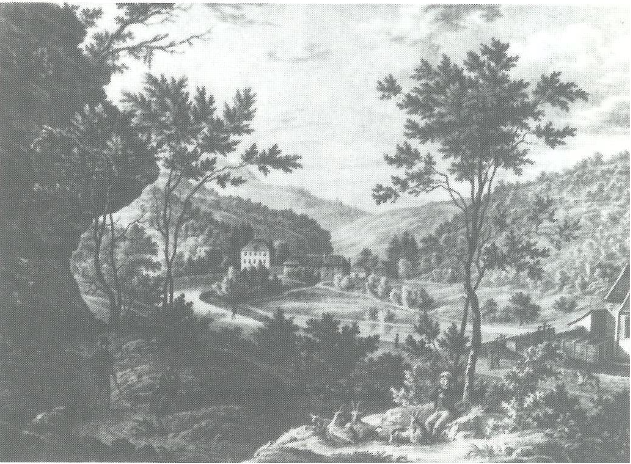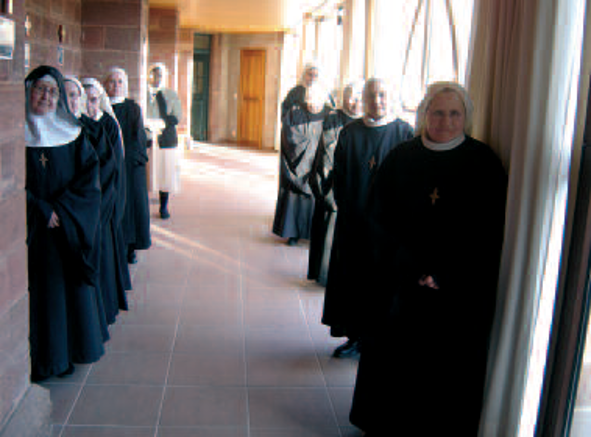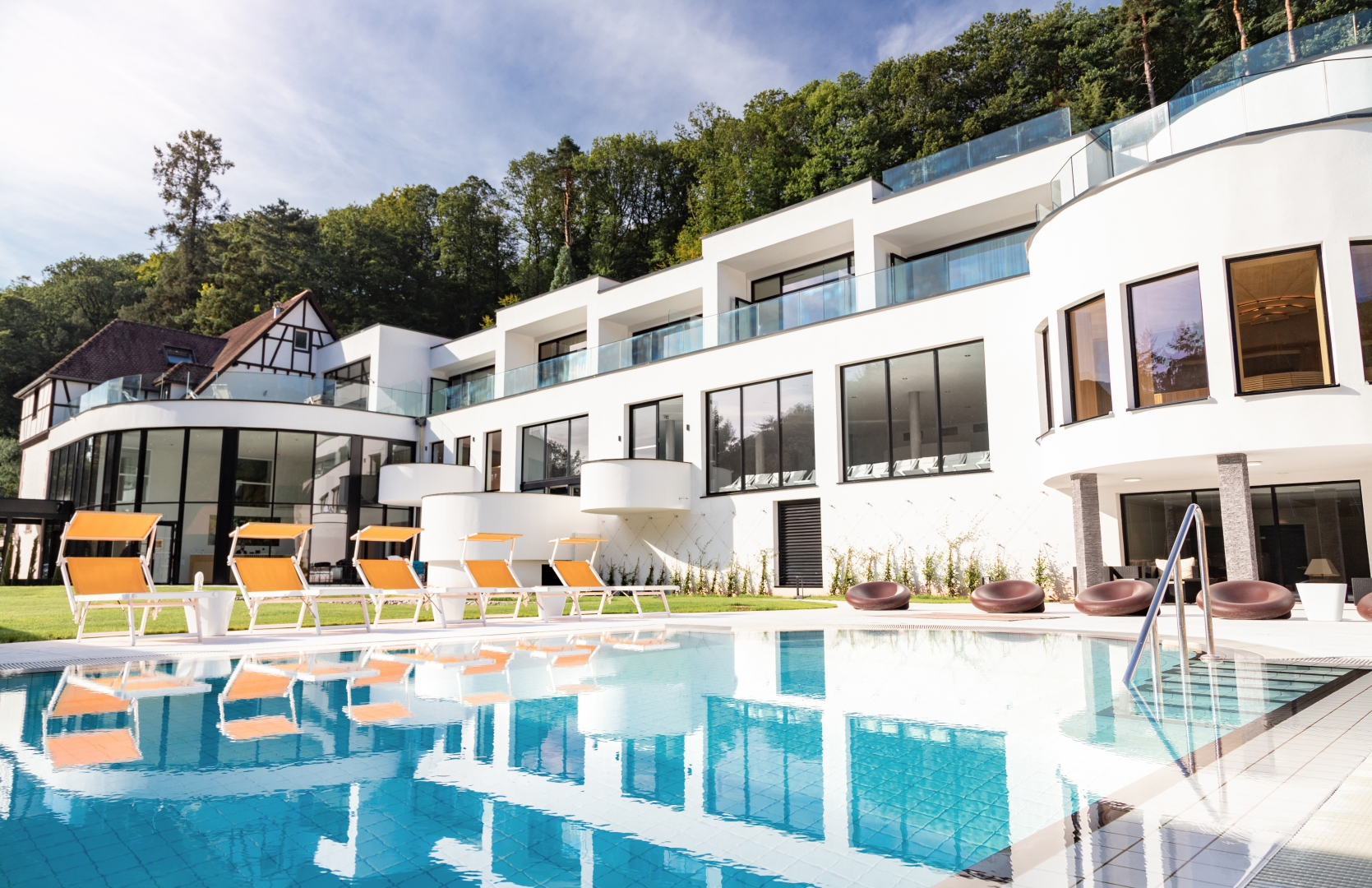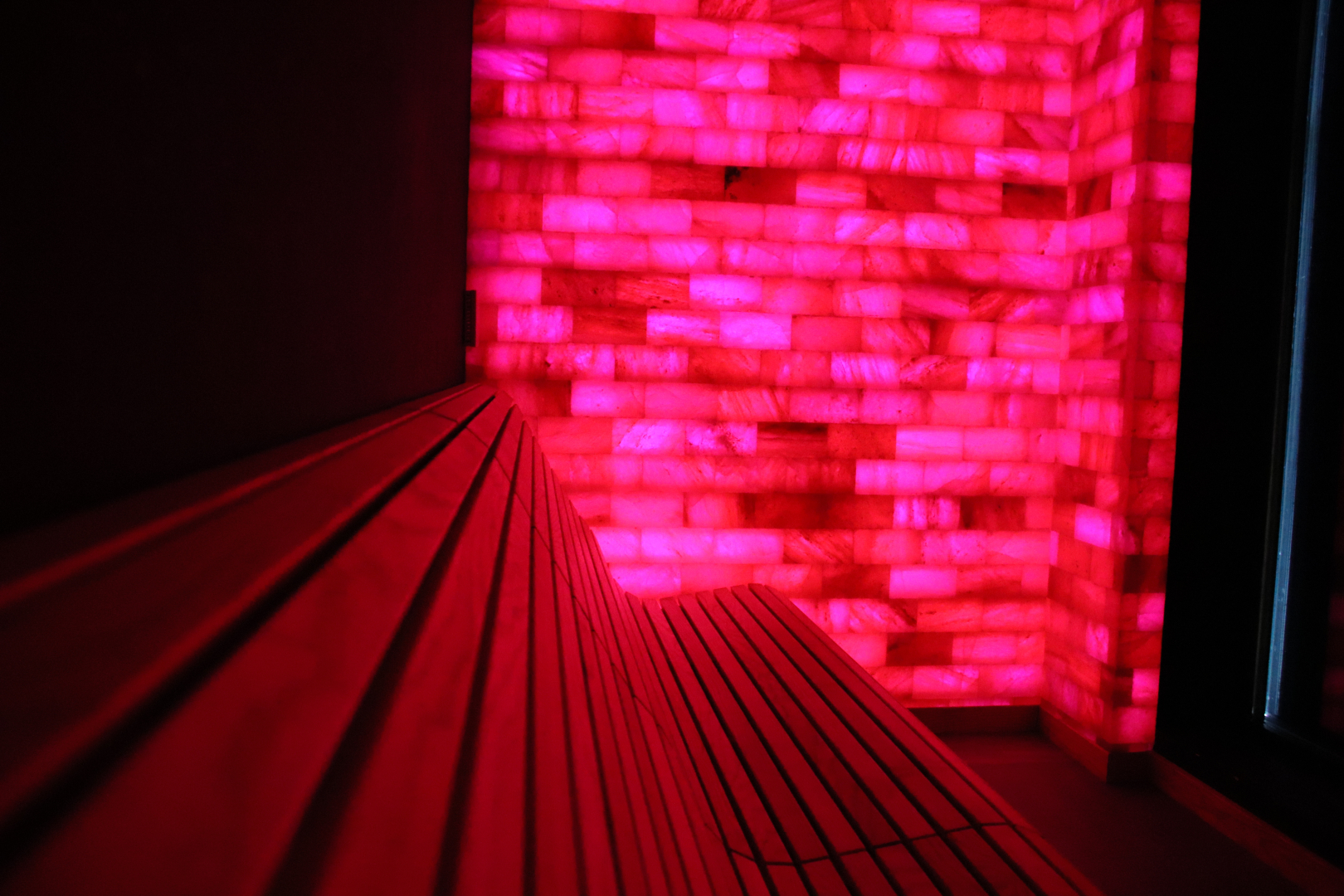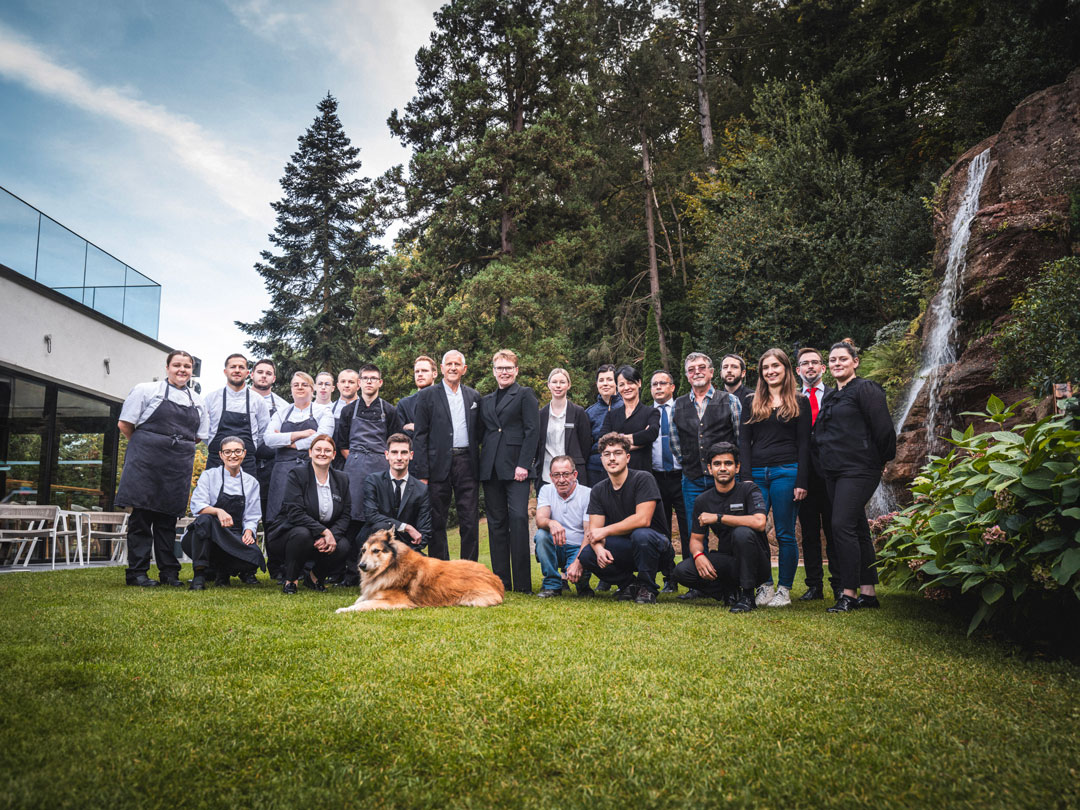1730
Creation of the 1st Royal Blade Factory in KLINGENTHAL (translated as Blade Valley). Up until the early 17th century, there were no manufactures in France that forged blades for edged weapons. French suppliers imported most of their blade supplies from Solingen (Westphalia). On July 15th, 1730, the King issued letters patent for the creation of a Royal Blade Factory in Alsace, over a 30-year period, for the troops in the King's service, to Henri Anthès, who ran several forges in Upper Alsace (currently Haut-Rhin) and who was given the task of finding a location and setting up the factory. He decided on Klingenthal in the Ehn Valley upstream from Obernai for several reasons: - the presence of the river, providing the required energy to run the factories - numerous forests for the construction of the buildings and the production of charcoal - sandstone quarries for the construction of the buildings and for the grinding wheels - proximity from the Rhine river to transport the steel coming from Siegen and from the Arsenal of Strasbourg for the distribution of the weapons - proximity of the other raw materials - the use of the Alsatian dialect in the region, which allowed the first workers from Solingen to fit in better. The constantly improved working methods from Solingen, as well as an exemplary control system, earned the Klingenthal blades a notable reputation.
1730
1864
The Oesinger family took over ownership of the "Kupferhammer" (literally "the copper hammer"). François Daniel Oesinger, an ironmaster from Klingenthal and an industrialist from Strasbourg, operated copper swifts here. From 1765 to 1784, he ran the Klingenthal factory together with Louis Antoine Gau. Under their leadership, the factory flourished and its production exceeded that of Solingen. Charles Frédéric Oesinger (1794-1864), his grandson, general councillor and deputy of the Bas-Rhin, decided to add a dye factory in 1846. In 1864, the Oesinger property was split between two sons: the first, Eugène, inherited the property and built the Oesinger residence, currently the "White House" at the 6717.
1864
1969
Eugene Oesinger's property becomes a convent of the Dutch Benedictine Sisters. The place of worship is open to all and the masses are sung to the accompaniment of the harp. The convent was active until it was acquired by Désiré Schaetzel in 1986.
1969
1988
On May 1st 1988, the charming hotel Clos des Délices was opened by Désiré Schaetzel, the actual owner. Mr. Schaetzel turns the convent into a charming 4 star hotel with 21 rooms. Each room is uniquely decorated by a professional interior designer. A relaxation space was created with an indoor heated swimming pool, a sauna, an outdoor jacuzzi and a treatment cabin for massages. The Restaurant Le Châtelain, referenced in the Michelin guide, became a reference address for culinary delights in Alsace.
1988
2021
After several years of research, visits to hotels in Europe and consideration, Désiré Schaetzel draws up the sketches for the project he had imagined. The extension and creation of the 6717 Nature Hotel & Spa Le Clos des Délices became a reality and opened its doors in July 2021. The 6717 is a 3600m2 facility dedicated to Wellness and Gastronomy with the opening of a new indoor and outdoor 2500m2 Spa with duo treatment rooms and an exclusive Spa suite. Addition of new Suites, some with private Spa (Hammam shower and private Jacuzzi on the terrace), a Lounge Bar and a Rooftop. 2 Restaurants were added to the resort: The Garden Restaurant and its Terrace + The 6717 Gastronomic Table. Opening of The Cellar by Schaetzel for wine tasting and take-away sales.
2021
2022
We're delighted to announce the opening of our Salt Cave!
Ideal for relieving and preventing respiratory problems, a session in the salt grotto reduces anxiety, improves sleep and is beneficial for skin beauty and remineralisation!
2022
2023
Installation of a charming wooden Tipi in the Spa's outdoor area. This unique refuge offers you a peaceful experience to recharge your batteries in the heart of nature. Immerse yourself in its soothing atmosphere, whether you're meditating, reading or simply relaxing.
Come and relax and let your worries melt away in this outdoor haven of peace, a true invitation to serenity.
2023
2024
Installation of our new Bubble in the Spa's outdoor area. Immerse yourself in a cocoon of tranquillity where you can relax while surrounded by nature.
Our new Escape Bubbles on the Rooftop also offer a breathtaking panoramic view of the surrounding nature and the Alsatian plain, allowing you to escape from everyday life while enjoying a unique moment.
Come and recharge your batteries in our bubbles and let the stress evaporate in this spellbinding setting.
2024

